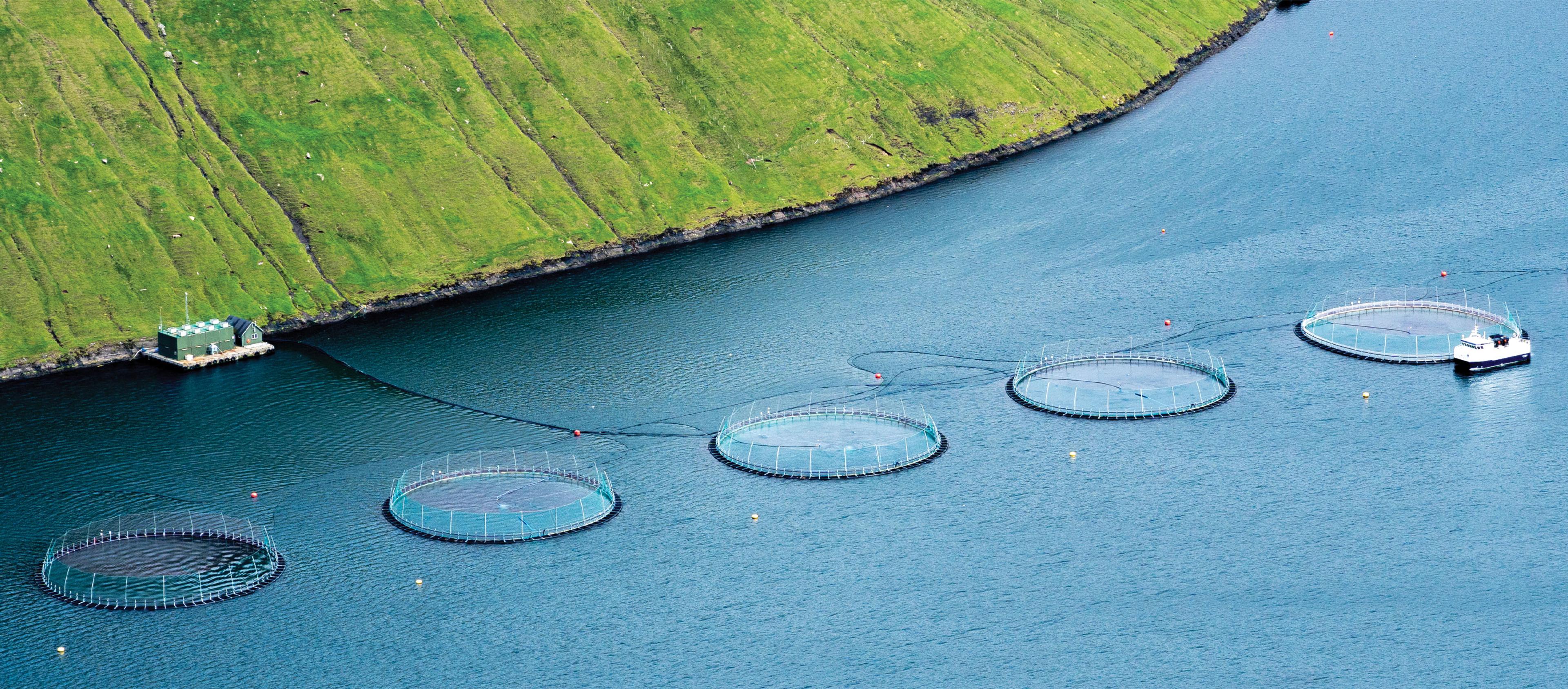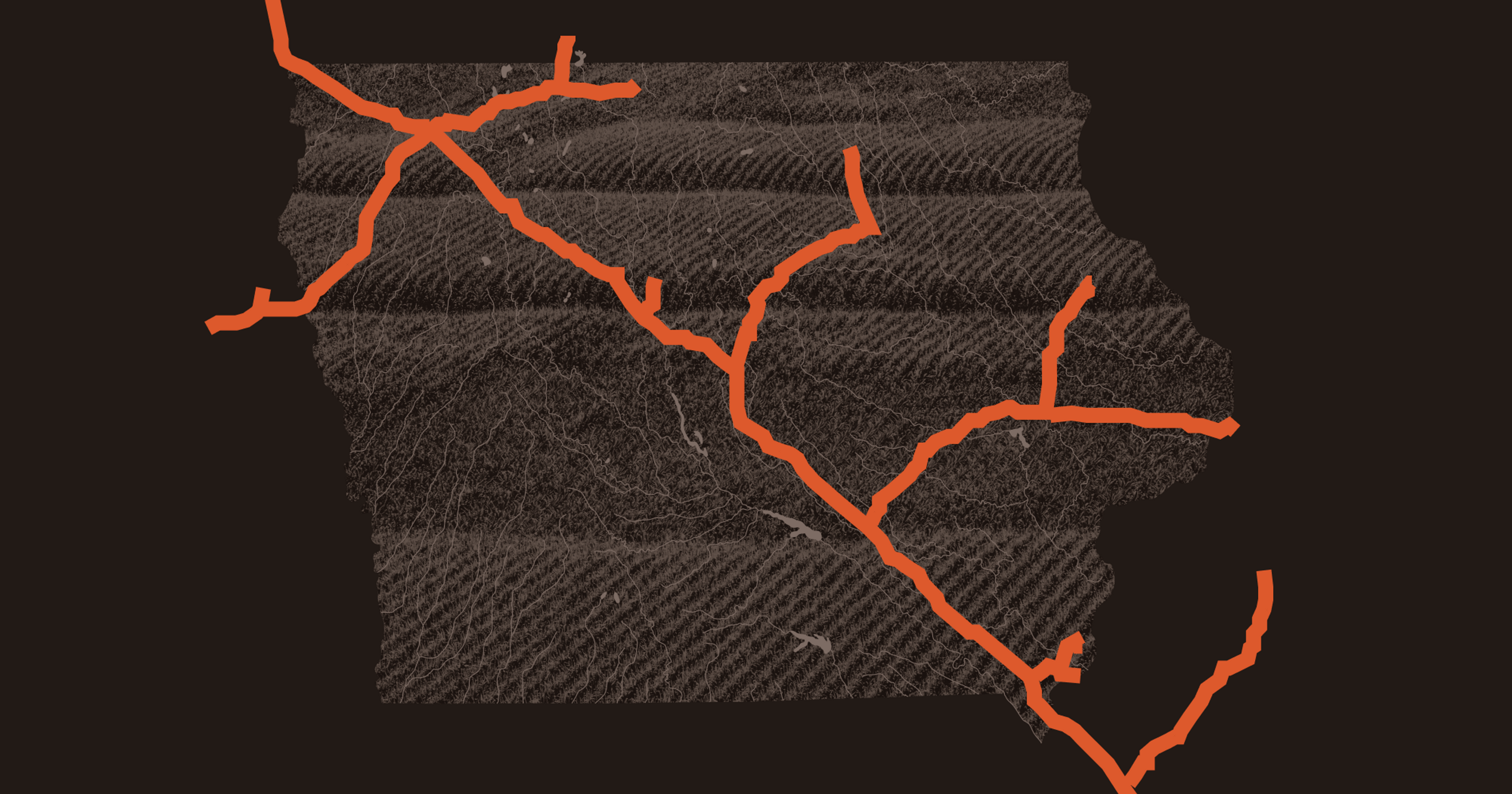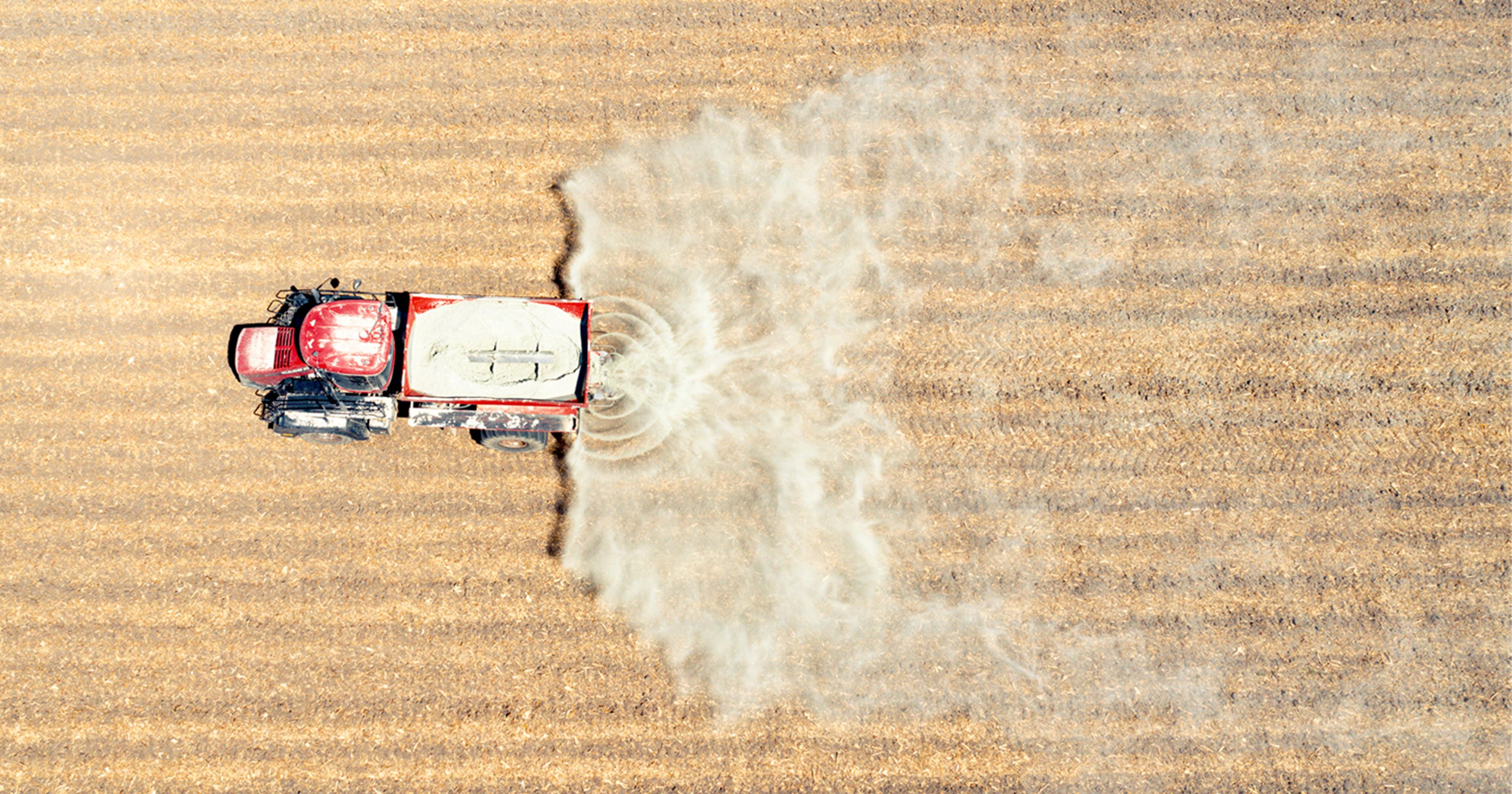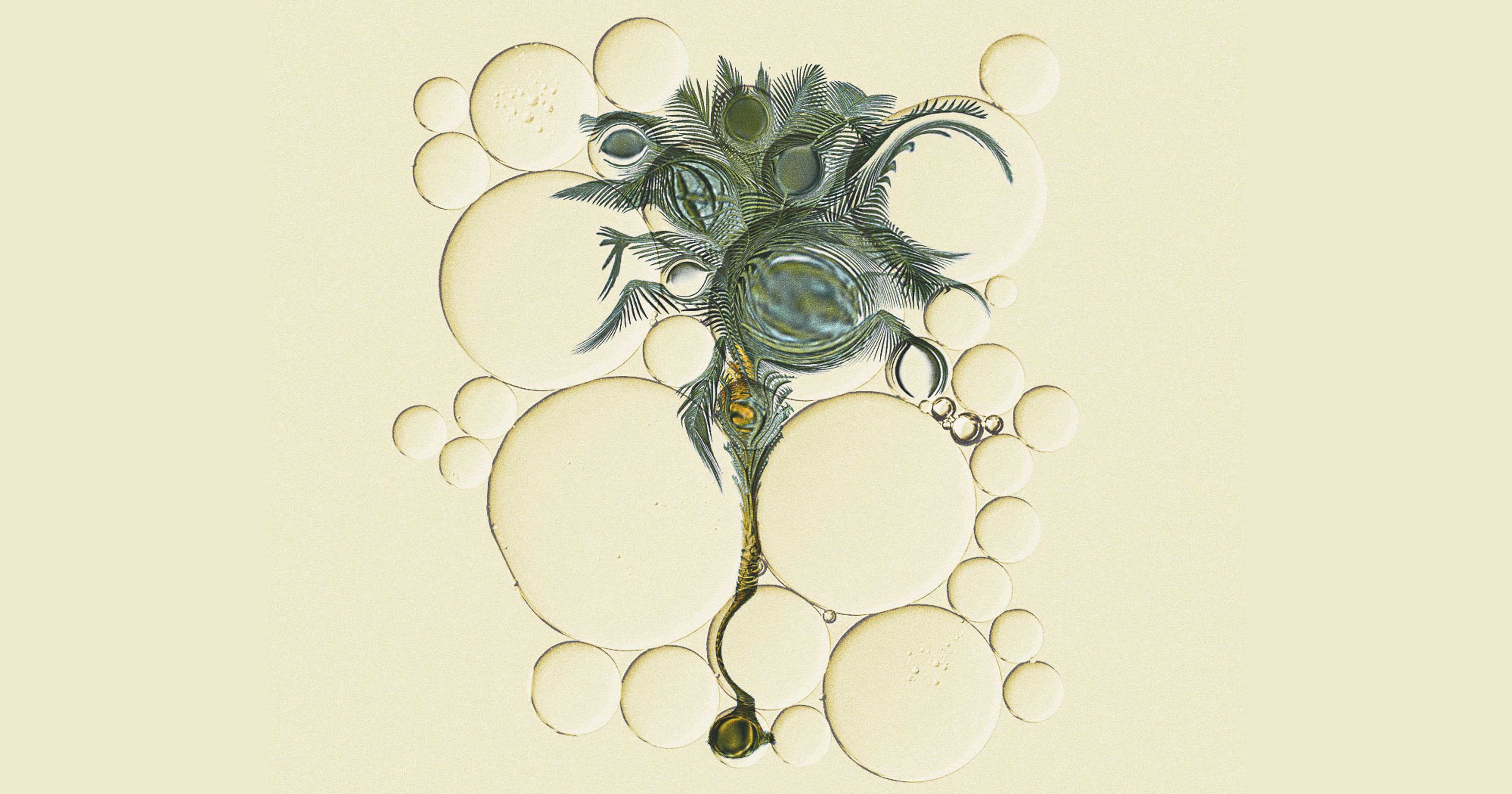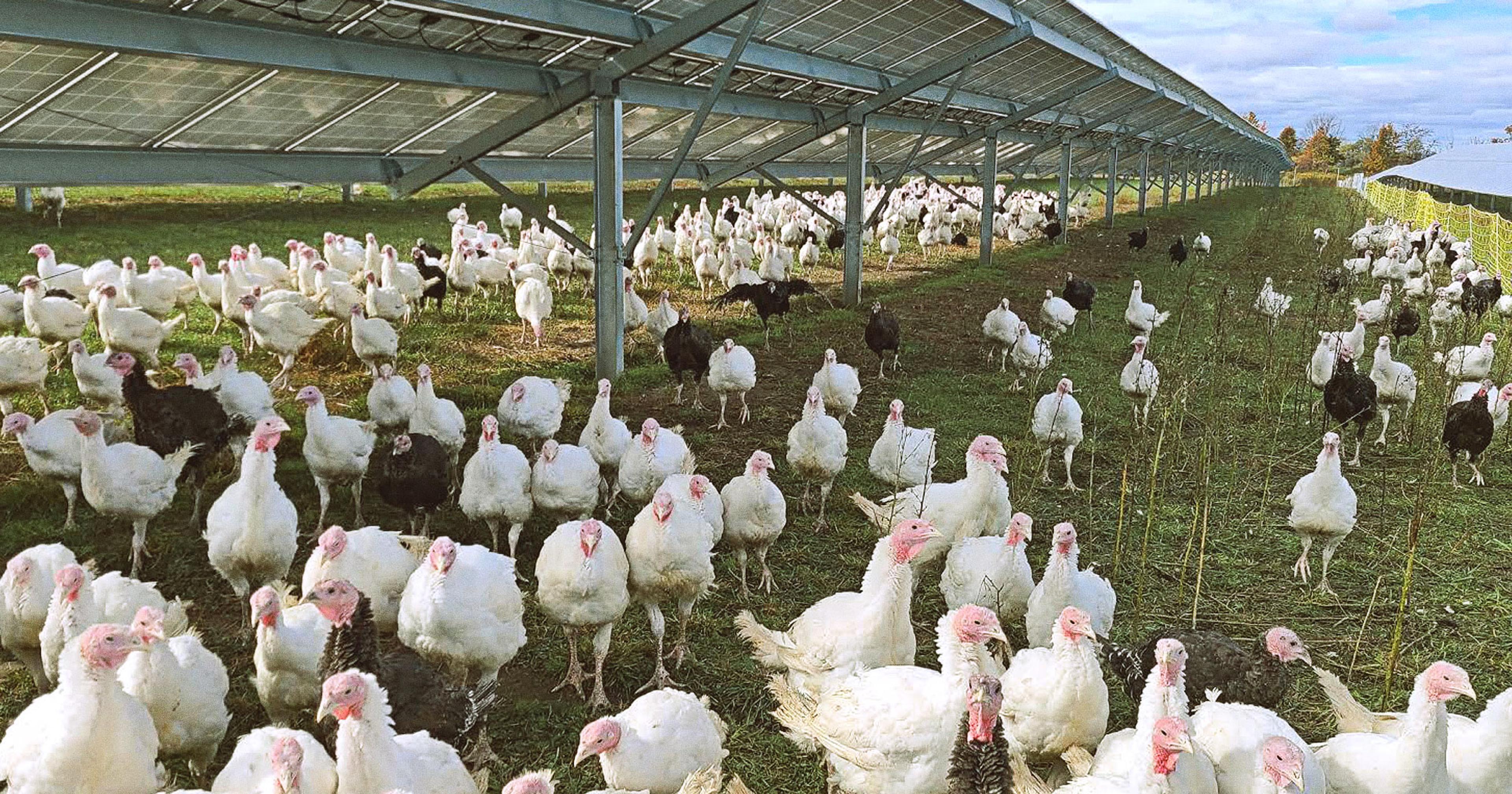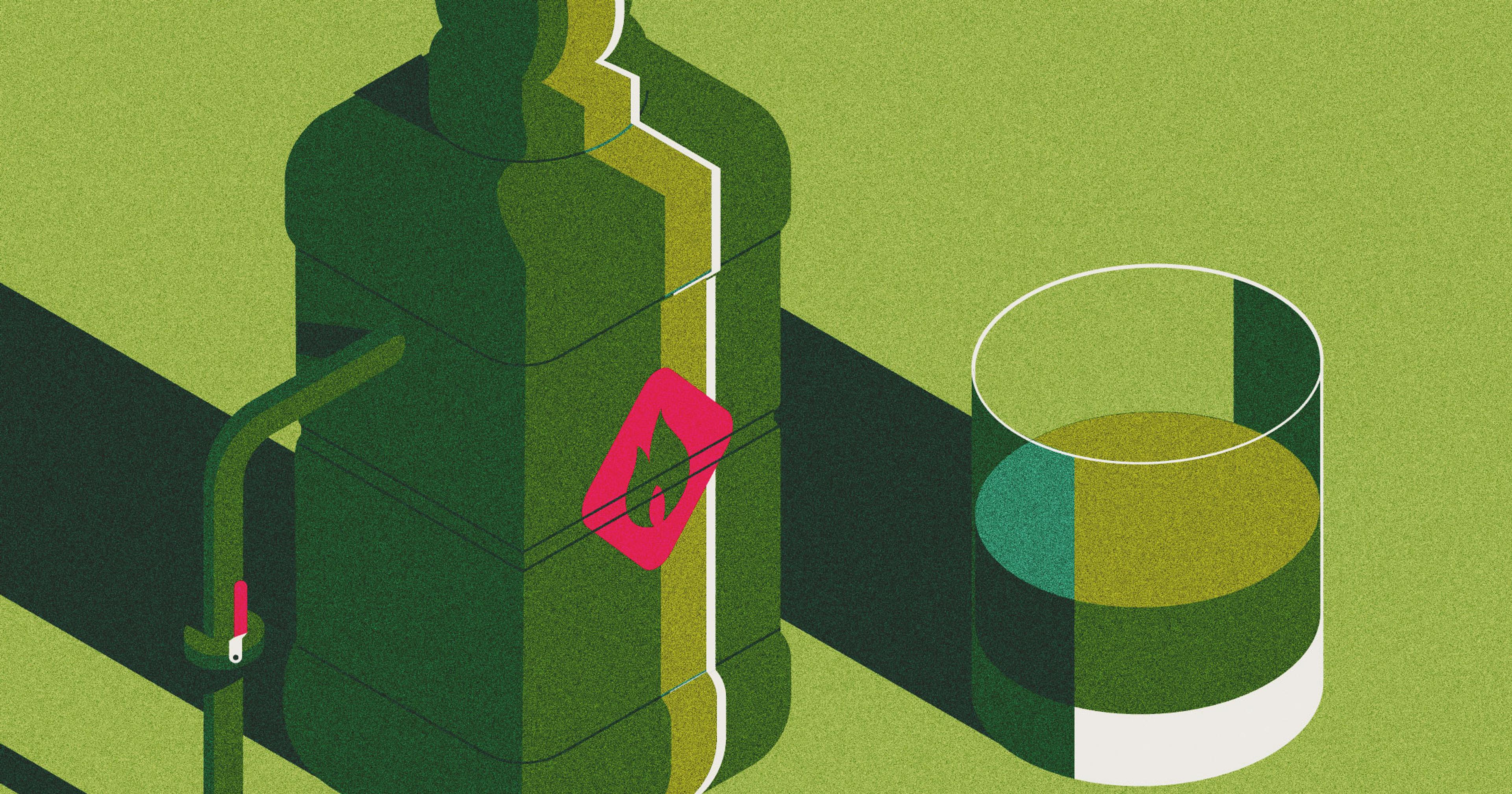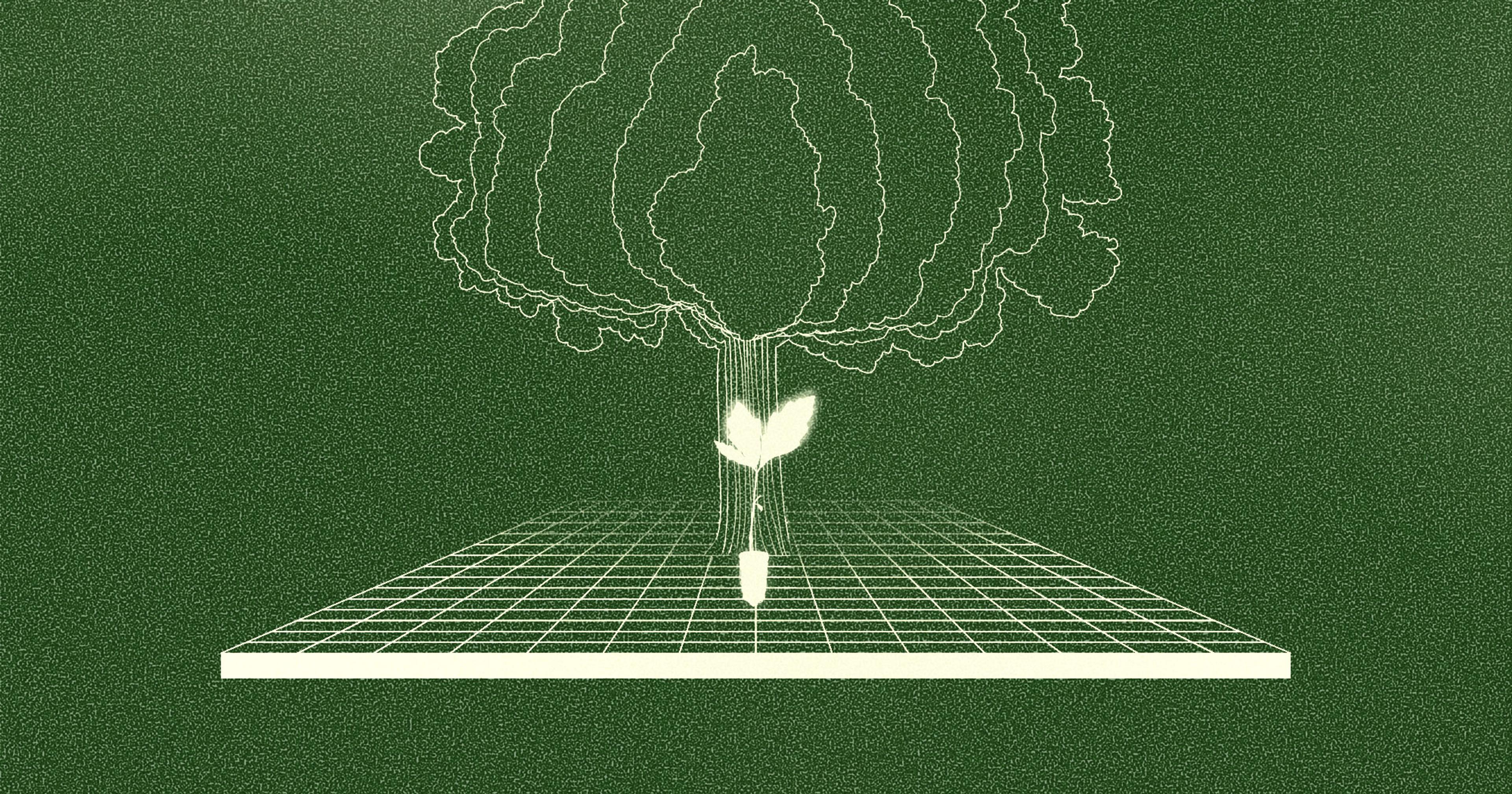A new aquaculture model using iron sulfide shows high promise in sinking CO₂. Some fear the environmental and health impacts.
As a data scientist and geochemist, Mojtaba Fakhraee has spent much of his career investigating and strategizing unusual methods of carbon capture. His most recent project, developing a safe model for increasing iron sulphide on fish farms, may be the most remarkable.
Fakhraee, an assistant professor at the Department of Earth Sciences at the University of Connecticut, recently published the results of his research. He and his team argue that iron sulfide enhancement in aquaculture could help sequester hundreds of millions of tons of CO₂.
Adding iron to low-oxygen environments such as fish farms, the study says, reacts with the accumulated hydrogen sulphide in the sediments found in the water, and increases alkalinity. This sets off increasing carbon saturation levels, enhancing the capture of the greenhouse gas from the atmosphere.
The researchers believe this will help the aquaculture industry offset its carbon footprint, which currently amounts to 0.49% of global carbon emissions or 245 million tons of CO₂. Fakhraee says this model could work especially well in places like China and Indonesia, which have an abundance of fish farms.
Oceanographers will likely view this as the most viable path for scaling up, said Halley Froehlich, whose lab at the University of California explores the impacts of aquaculture, wild fisheries, and climate change. But she also harbors doubts regarding the approach the study takes.
“When you are modifying a pretty substantial chemical composition, what is that doing to the organisms that you’re farming?” she said.
All good things, the authors assert. According to Fakhraee, this introduction can improve water quality by removing hydrogen sulfide — which has been proven to cause fish deaths — and improving productivity to benefit farmers.
But Karen Wristen, head of Vancouver-based Living Oceans Society, an environmental advocacy organization, expressed her skepticism about the viability of this method in aquaculture. She questions whether it could further propagate algal blooms in the water which is known to be harmful to the fish as well as disrupt the cycle of nutrients.
“When you are modifying a pretty substantial chemical composition, what is that doing to the organisms that you’re farming?”
Fakhraee, however, is quick to note that they don’t suggest iron fertilization, a controversial carbon capture technique that’s been found to increase algal blooms. Their model focuses on adding reactive iron directly to sediments in controlled, low-oxygen environments — fish farms — and potentially locking away carbon. That said, future experimental studies should “focus on the optimum size and concentration of iron to be added to the sediment,” he pointed out.
Despite lesser emissions than its land-based agriculture counterparts, the aquaculture industry remains at the forefront of the impact of climate change as a “canary in a coal mine,” according to Tiffany Waters, an aquaculture professional at The Nature Conservancy who has worked with shellfish farmers.
“The farmers depend on a healthy and stable climate, as they work and grow food directly in the marine environment,” Waters said, adding how they end up experiencing climate-related challenges in real time.
Large amounts of CO₂ that the ocean absorbs from the atmosphere can leading to “impacts like ocean temperature changes, more frequent and intense storms, ocean acidification, and harmful algal blooms (HABs) that can affect oyster growth and mortality,” she stated.
The aquaculture industry remains at the forefront of the impact of climate change as a “canary in a coal mine.”
In a sobering turn of events, scientists recently confirmed that 2024 was the first year where global temperatures breached the critical 1.5 degree Celsius mark. As conventional methods fail to keep a lid on carbon emissions, innovative methods will be required to reduce them, according to Fakhraee.
Researchers have also pegged rearing of bivalves such as clams, oysters, and mussels to act as possible carbon sinks, as well as seaweed farming. Peter Malinowski, who grew up on an oyster farm, remains compassionate about the challenges faced by fish farmers in making their practice sustainable. The executive director of Billion Oysters Project, which is committed to restoring a billion oysters in New York’s harbors, said they are currently assessing if the oysters can sequester carbon.
The Food Agriculture Organisation (FAO) arm of the United Nations says that fisheries and aquaculture systems must factor into the National Adaptation Plans, to help those who work in the sector chart their resilience against climate change. Further, COP29 held in Baku this year, also foregrounded the transformation of food systems and the role of farmers in addressing climate change. As people deeply impacted by climate change, Waters found that if farmers and aquaculturists know there are low-cost, easy-to-implement mitigation strategies out there, they’re very interested.
Fakhraee’s model still needs to be tested, but if successful, the carbon could be stored on a timescale of thousands of years — longer than the lifespan of CO₂ in the atmosphere.
